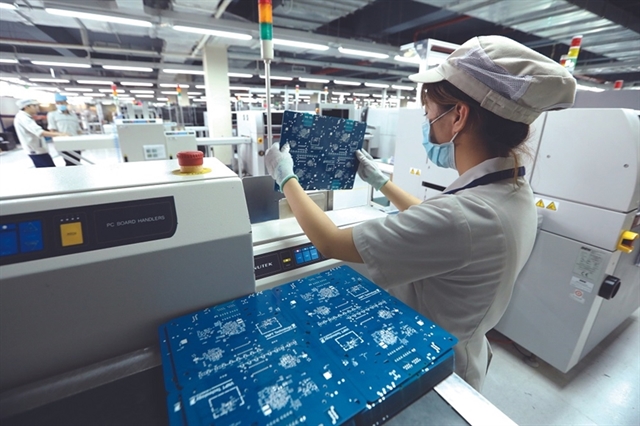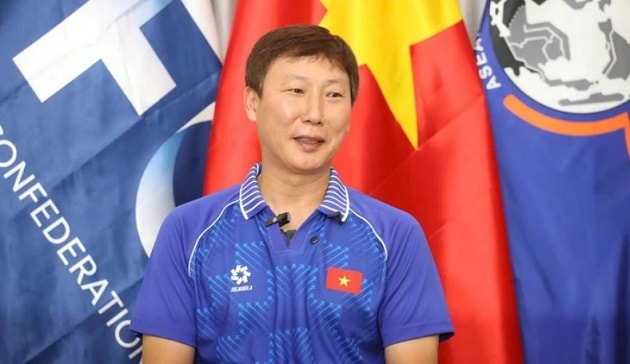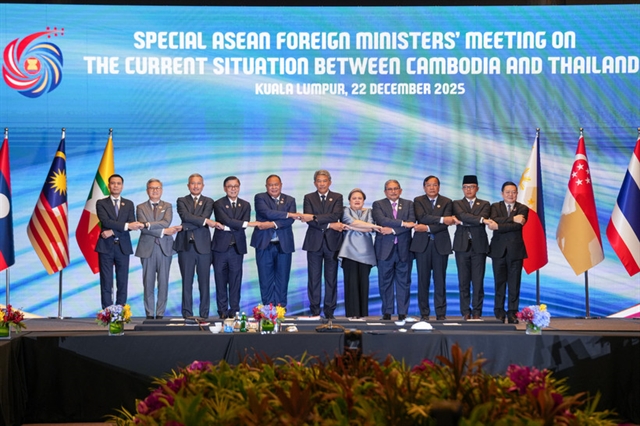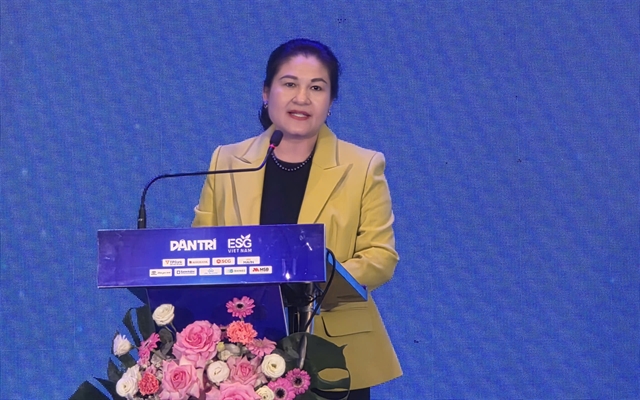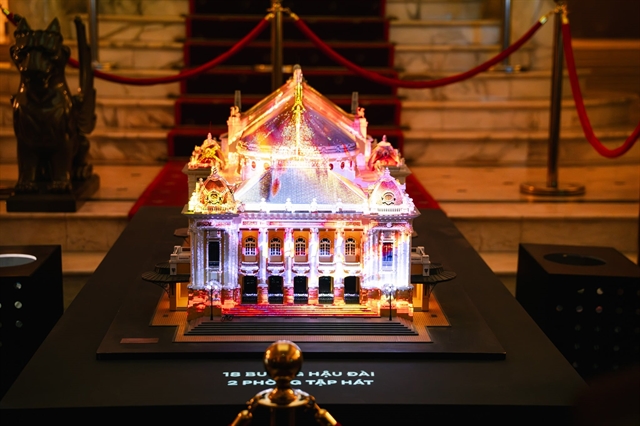 Life & Style
Life & Style
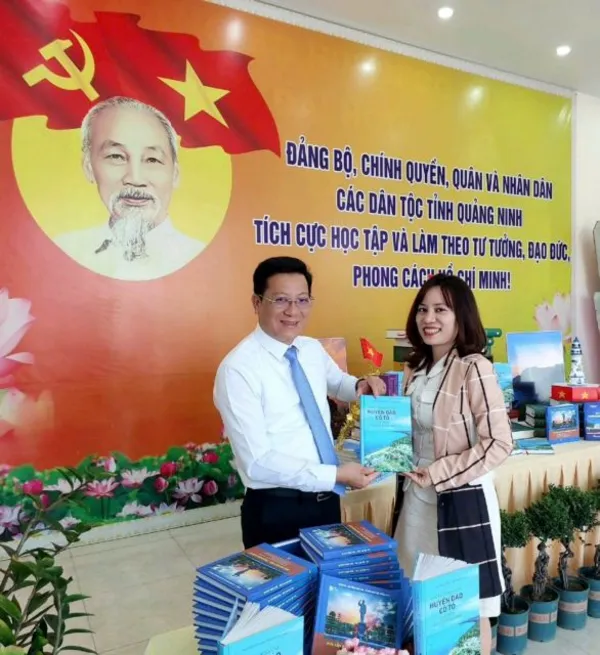
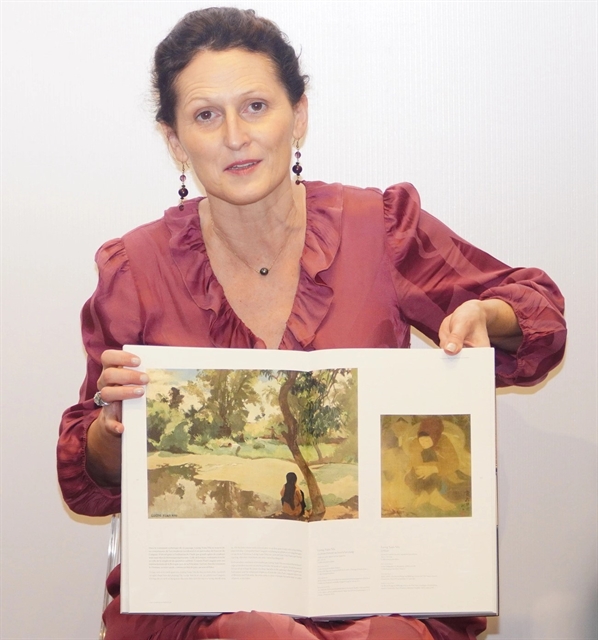
|
| French expert Charlotte Aguttes-Reynier at the book launching ceremony in HCM City. Photo nld.com.vn |
French expert Charlotte Aguttes Reynier introduced her book on Vietnamese modern art in Hà Nội and HCM City recently.
Việt Nam News reporter Nguyễn Bình chats with her about making the book.
What inspired you to write the book Modern Art in Indochina?
Ten years ago, when I was organising painting auctions in the Impressionist and Modern Art speciality at Aguttes, I began to specialise in Asian Modern Art, particularly Vietnamese.
As the sales progressed, it was my task to describe, appraise and present the 1,000 or so works of art related to Asia that passed through my hands over a decade - including almost 150 pieces by Lê Phổ, 115 by Mai Trung Thứ and 100 by Vũ Cao Đàm, five by Victor Tardieu, five by Nam Sơn and 10 by Lương Xuân Nhị.
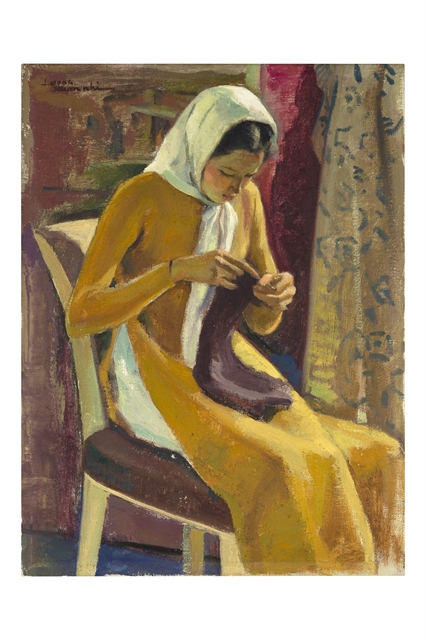
|
| Oil on canvas Jeune femme au tricot by Lương Xuân Nhị (1914-2006) will be auctioned at the 42nd sale on March 7 at Aguttes house. |
I carried out many investigations. On these occasions, I regretted the lack of a comprehensive bibliography on the subject, and at the same time, I took great pleasure in exploring and discovering old archives preserved in France.
Two years ago, Guy Boyer, a French art historian and journalist, advised me to compile the results of my work in a book. I thought that there were many collectors, curators and art historians who would be very interested in this information.
I decided to report facts, quotes, extracts from archives, letters and press articles. I let the actors of the past speak for themselves. It's their own words that have fascinated me, and it's these that naturally interest collectors, art lovers and professionals alike.
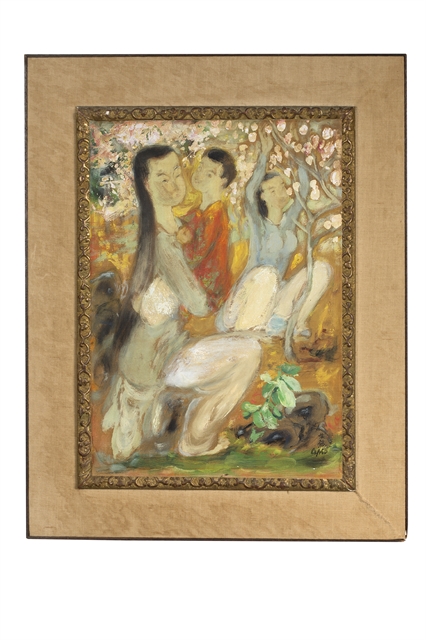
|
| Oil on silk Dans le jardin by Lê Phổ (1907 - 2001) will be auctioned at the 42nd sale on March 7th at Aguttes house. |
Did you find something important but not well known about the Indochina School of Fine Arts and alumni while making the book?
I noticed that, as early as 1929, Tardieu, the founder of the Ecole des Beaux-Arts, encouraged the organisation of public exhibitions at which students offered their creations for sale.
They subsequently took part in numerous fairs and exhibitions in Hà Nội and Sài Gòn throughout the 1930s and 1940s. I wonder if there are any archives relating to these fairs.
I haven't found much information about them and I'm wondering if there are any inventories, lists of works exhibited or old photographs that might exist in Việt Nam. It would be fascinating to consult them – if anyone has any archives on this subject, please let me know.
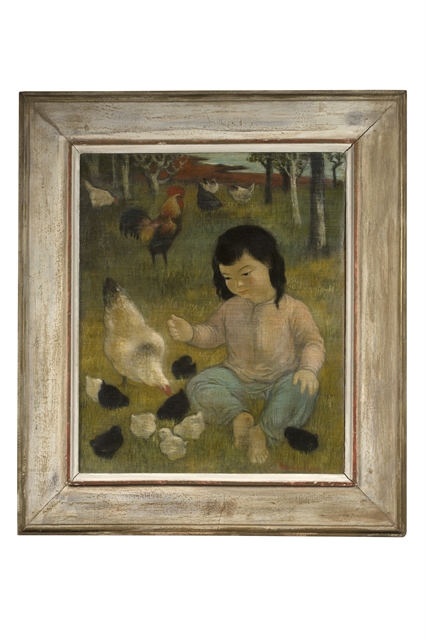
|
| Oil on silk Fillette jouant dans la basse-cour by Vũ Cao Đàm (1908-2000) will be auctioned at the 42nd sale on March 7th at Aguttes house. |
What are the advantages and disadvantages you faced while writing the book? Did you encounter difficulty and how did you overcome it?
Writing this book was a real pleasure, and also a great challenge, since I had to continue my usual work at Aguttes at the same time. So for one and a half years I devoted my evenings, weekends and vacations to it.
Another challenge was to select the right images and information, and keep them clear and concise.
Throughout this work, I constantly identified new and interesting information that deserved to be shared. The book was originally intended to be 250 pages long, but ended up being 432.
I tried to select, sort and order them so as not to lose the reader. I was helped in this by the kind and enlightened reading of Anne-Sophie Philippon who, with her curious and critical outside eye, was a great help.
I also wanted to develop the biographies of the painters even further, adding images and information on their individual careers. I had to make a few sacrifices.
Ultimately, I wanted to make this information accessible to everyone, especially descendants of the painters mentioned, art collectors and art historians who might not speak French.
Publishing in Vietnamese and English was a priority for me, and this desire brought with it a few additional difficulties. They are nothing compared to the pleasure I experienced during my visit to Hà Nội and HCMC in January, of the welcome expressed by Vietnamese readers for this book, which they can all read.
What was most interesting for you personally about the book?
I think readers particularly appreciate this direct access to facts and writings from the period, rather than my interpretation of them. I wanted to offer in this book what I like to find as factual information when I look at and study a work of art myself.
It's a very good thing to finally make some of these raw archives and testimonies accessible to everyone.
The publication is seen as the first comprehensive book about the role of the Indochina School of Fine Arts. What do you think about this opinion?
Tardieu, the school's founder and first director, was a true manager. He selected talents, gave them the right tools and encouraged them to blossom on their own, to create, to differentiate themselves, to renew modern art in their own country.
Numerous letters written by the students attest to their gratitude, confidence and admiration for their director Tardieu and his team of teachers, including Inguimberty, Nam Sơn and Alix Aymé.
This book contains many extracts that shed light on the high points of their time at the school, and also on the wonderful human relationships forged between the teachers and their students.
I believe that it is because Tardieu devoted himself with kindness and generosity to guiding his students that they were able to blossom and allow the revival of modern art in Việt Nam.
In this book, I have tried to convey the respectful, demanding and positive working atmosphere of the years 1925-1945.
The book will be distributed in February. Are you satisfied with the book or do you want to change anything?
I'm delighted that it will soon be available to the public. From the outset, I have taken great care to ensure the accuracy of the data, so as not to inadvertently contribute to the spread of false information.
For this reason, over the last few months I have asked many painters' families to reread and check the texts concerning their forebears, and I have also asked many art-loving friends to proof-read.
Finally, Nguyễn Phương Hoa, who took charge of the translation into Vietnamese, and Bùi Hoàng Anh, who proof-read the whole, have both provided pertinent criticism and comments.
We're not immune to errors, but for the time being, nothing has come to my attention, and I'm relieved about that.
In the future, will you and the auction house research and help to popularise artworks by the Indochina School of Fine Arts alumni who did not settle down and live in France?
For the past 25 years, my daily work has led me to discover the works that are proposed to me. I don't seek to work exclusively on certain painters rather than others.
When I concentrated more precisely on modern Asian art 10 years ago, works by artists who had lived in France for many years came out more regularly, which is natural, as they are more present around me in France.
I was also delighted to discover works by Asian artists who had not chosen to live in France. I then also promoted them, helping to bring their work to light. These include important artists such as Phạm Quang Hậu, Lương Xuân Nhị, Nam Sơn, Nguyễn Tiến Chung, Nguyễn Khang and Hoàng Tích Chù, you can see some reproductions in the book.
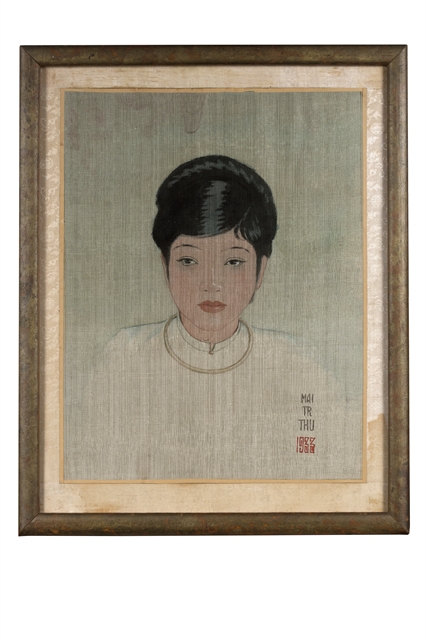
|
| Oil on silk Portrait de femme, 1933 by Mai Trung Thứ (1906-1980) will be auctioned at the 42nd sale on March 7th at Aguttes house. |
The house will organise its 42nd sale on March 7. Are there any artworks by Vietnamese artists at this sale? If there are, could you introduce them?
We will be presenting works signed by students from the first graduating classes, such as Lương Xuân Nhị, Lê Phổ, Mai Trung Thứ and Vũ Cao Đàm.
We specialise in presenting paintings that have been in the same collection for a long time, sometimes several decades. For example, the painting by Lương Xuân Nhị was acquired by the current vendor's father when he was visiting Sài Gòn in the early 1950s.
The seller of Mai Trung Thứ's silk, acquired in the 1950s in France, found a photograph of this work taken at his parents' home in 1960. The seller of Vũ Cao Đàm's silk, a friend and neighbour of the family in the early 1950s, was bought by the current vendor's grandmother and has been preserved ever since.
There is also a fine series of lacquer panels that attest to the genius of the artists who worked tirelessly in the school's lacquer workshop to revive this art form in its own right. VNS

